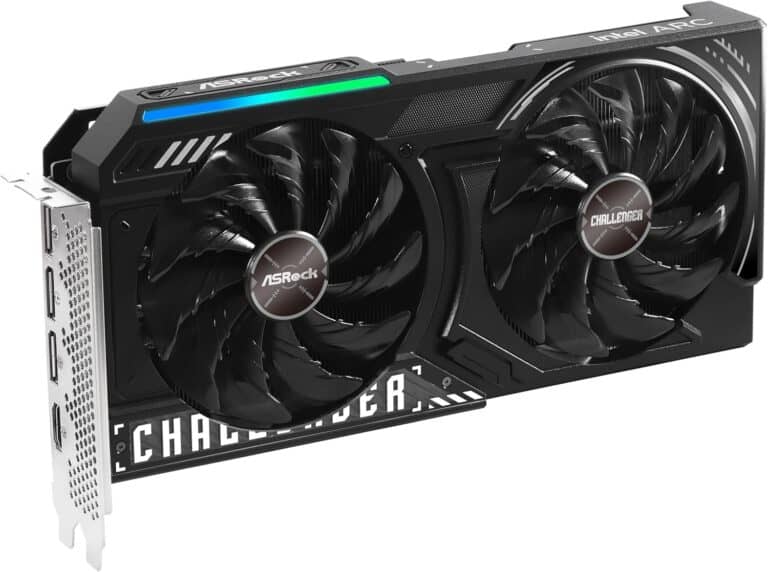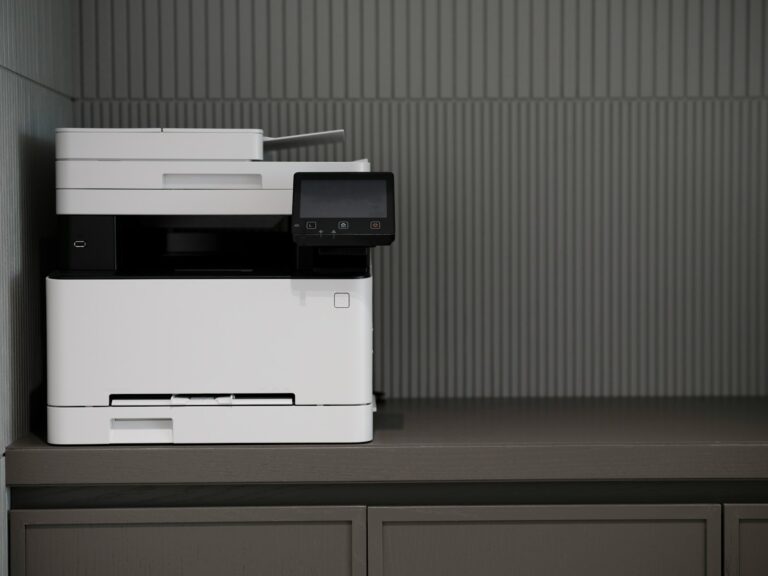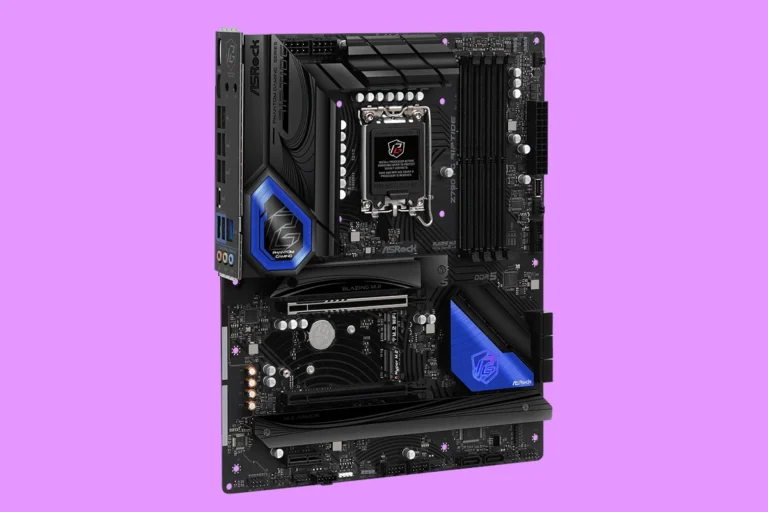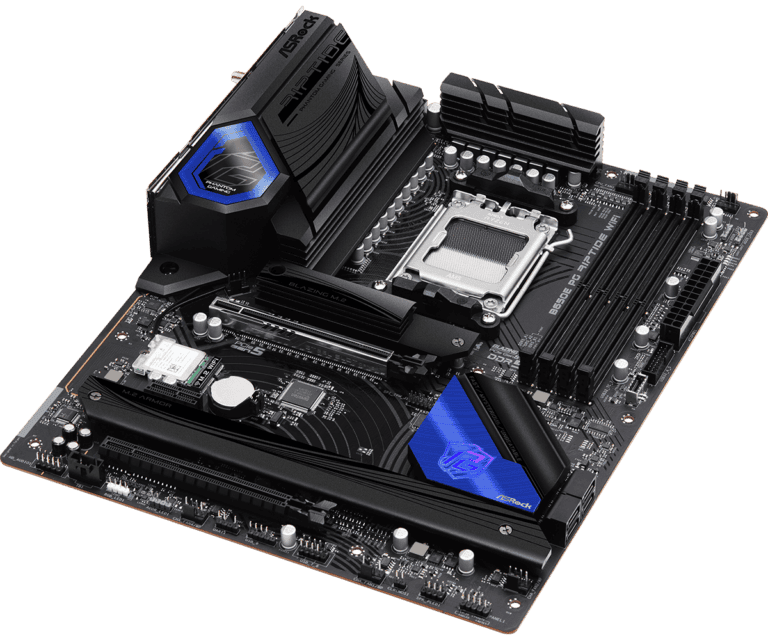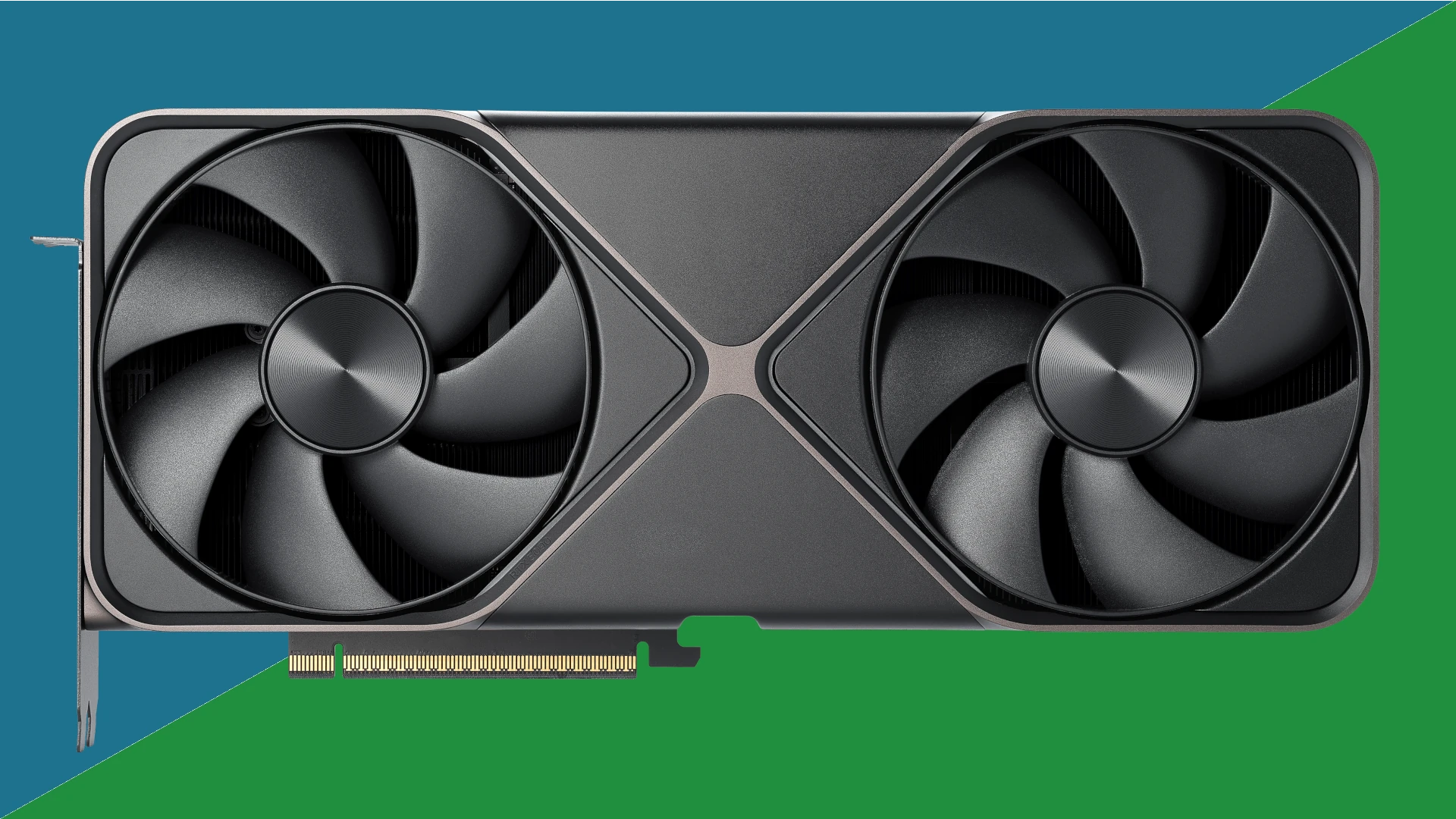
The NVIDIA GeForce RTX 5090 represents the pinnacle of graphics card technology. This powerful GPU brings unprecedented capabilities to both gamers and content creators. The RTX 5090 features 32GB of GDDR7 memory, providing ample resources for demanding tasks and next-generation games.
Built on the new NVIDIA Blackwell architecture, the RTX 5090 boasts significant improvements in ray tracing and AI performance. It incorporates 4th generation ray tracing cores and 5th generation tensor cores, enabling realistic lighting effects and enhanced AI-driven features in games and creative applications.
For enthusiasts seeking top-tier performance, the RTX 5090 delivers. It excels in handling advanced 3D models, complex creative workloads, and graphically intensive games with full ray tracing at high frame rates. The card’s design also focuses on efficient cooling, with manufacturers like MSI implementing advanced thermal solutions to maintain optimal performance under load.
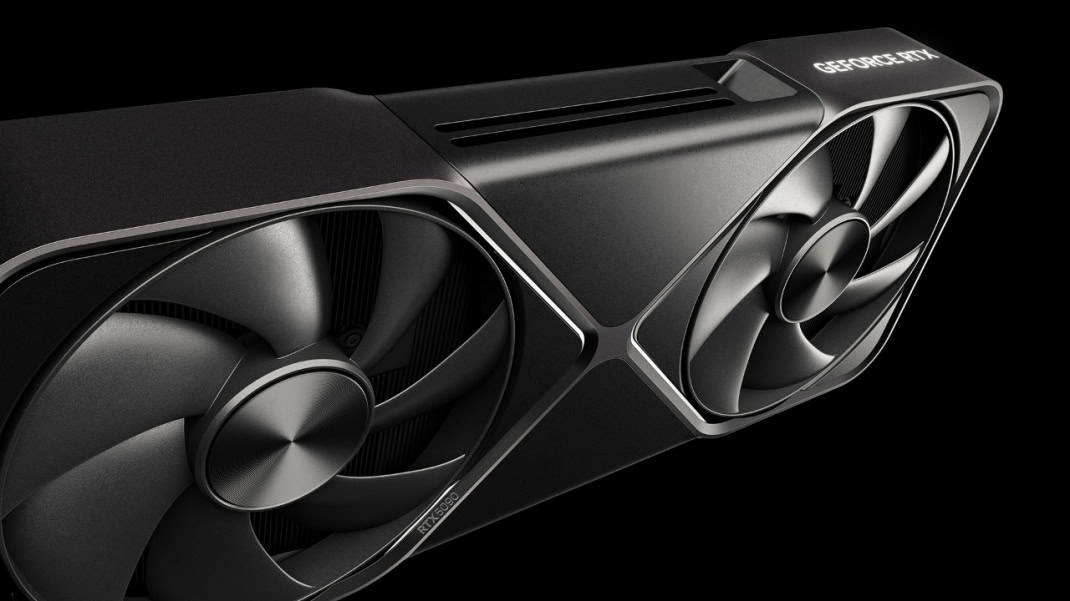
Understanding the RTX 5090
Expected Release and Price
The NVIDIA RTX 5090, built on the Blackwell architecture, is generating a lot of excitement. Current information points to a release date of January 30, 2025, alongside the RTX 5080. The expected price for the RTX 5090 is around $2000. This places it firmly in the high-end enthusiast market.
Key Specifications and Performance
The RTX 5090 is expected to bring a substantial performance boost over the previous generation. Here’s a look at some of its key specifications:
| Feature | Specification |
|---|---|
| Architecture | Blackwell |
| Transistors | 92 billion |
| Memory | 32GB GDDR7 |
| Memory Bandwidth | 1792 GB/s |
| TDP | 575W |
These specs suggest significant improvements in gaming performance, especially at higher resolutions like 4K and beyond. The increased memory bandwidth and GDDR7 memory will help handle larger textures and more complex game worlds. The high TDP, however, means users will need a robust power supply and good cooling.
DLSS 4 and Ray Tracing Enhancements
The RTX 5090 will likely feature DLSS 4 with Multi Frame Generation. This technology uses AI to upscale lower-resolution images to higher resolutions, improving performance without a significant loss in visual quality. Multi Frame Generation takes this a step further by generating entirely new frames, further boosting frame rates. Enhanced ray tracing capabilities are also expected, providing more realistic lighting and reflections in supported games. This will allow for more immersive gaming experiences, bringing virtual worlds to life with greater fidelity.
Comparing with the RTX 4090
The RTX 5090 is the successor to the RTX 4090. The 4090 was already a very powerful card, but the 5090 aims to push performance even further. The move to the Blackwell architecture and GDDR7 memory are the main drivers of this improvement. The 5090 is expected to offer a noticeable jump in frame rates and improved ray tracing performance compared to the 4090. However, the higher TDP of the 5090 also means it will require more power and generate more heat.
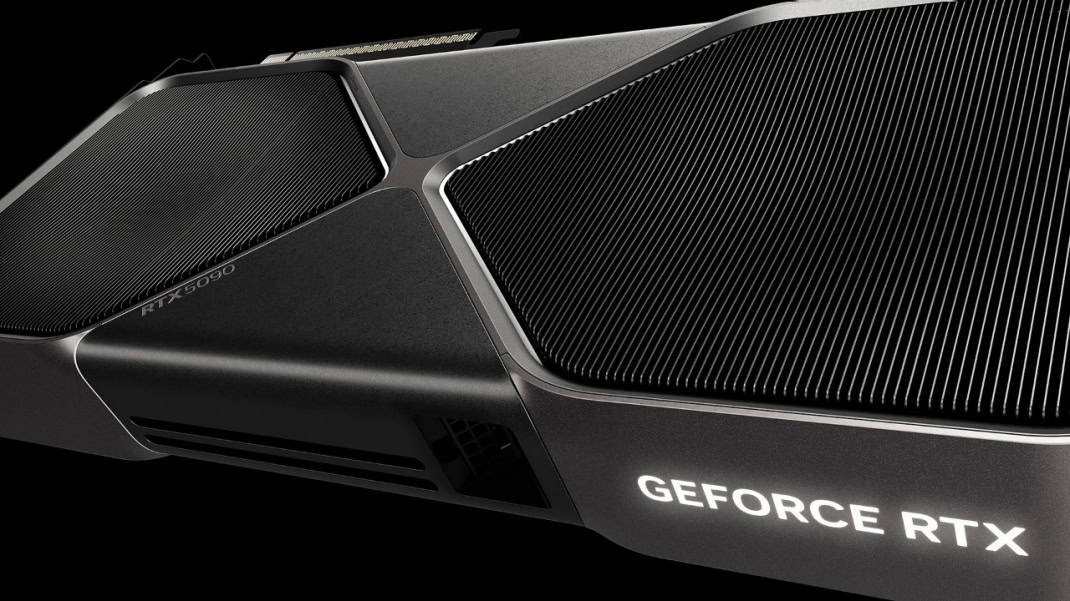
Who is the RTX 5090 For?
The RTX 5090 is targeted at enthusiast gamers and content creators who demand the best possible performance. If you are looking to play games at 4K resolution with high refresh rates and maximum graphics settings, or if you work with demanding applications like video editing or 3D rendering, then the RTX 5090 might be a good choice. However, its high price tag means it is not for everyone. Most gamers will be better served by less expensive options.
Potential Bottlenecks and System Requirements
With such a powerful graphics card, it’s important to consider potential bottlenecks. A fast CPU and sufficient RAM are needed to get the most out of the RTX 5090. Older CPUs might limit the card’s performance. A high-wattage power supply is also a must due to the card’s high TDP. Good case airflow is essential to keep the card cool. The 575W TDP is significantly higher than previous generations, so proper cooling is more important than ever. Users should ensure their systems are up to the task before investing in this high-end card.
Considering Alternative Graphics Cards
While the RTX 5090 is designed to be the top-of-the-line option, there will be other choices available. The RTX 5080, releasing at the same time, will offer a less expensive but still powerful alternative. Previous generation cards like the RTX 4080 and 4090 may also see price drops, making them attractive options. AMD will also have competing cards, so it is worth researching all available options before making a decision. Consider your budget and specific needs before choosing a graphics card.
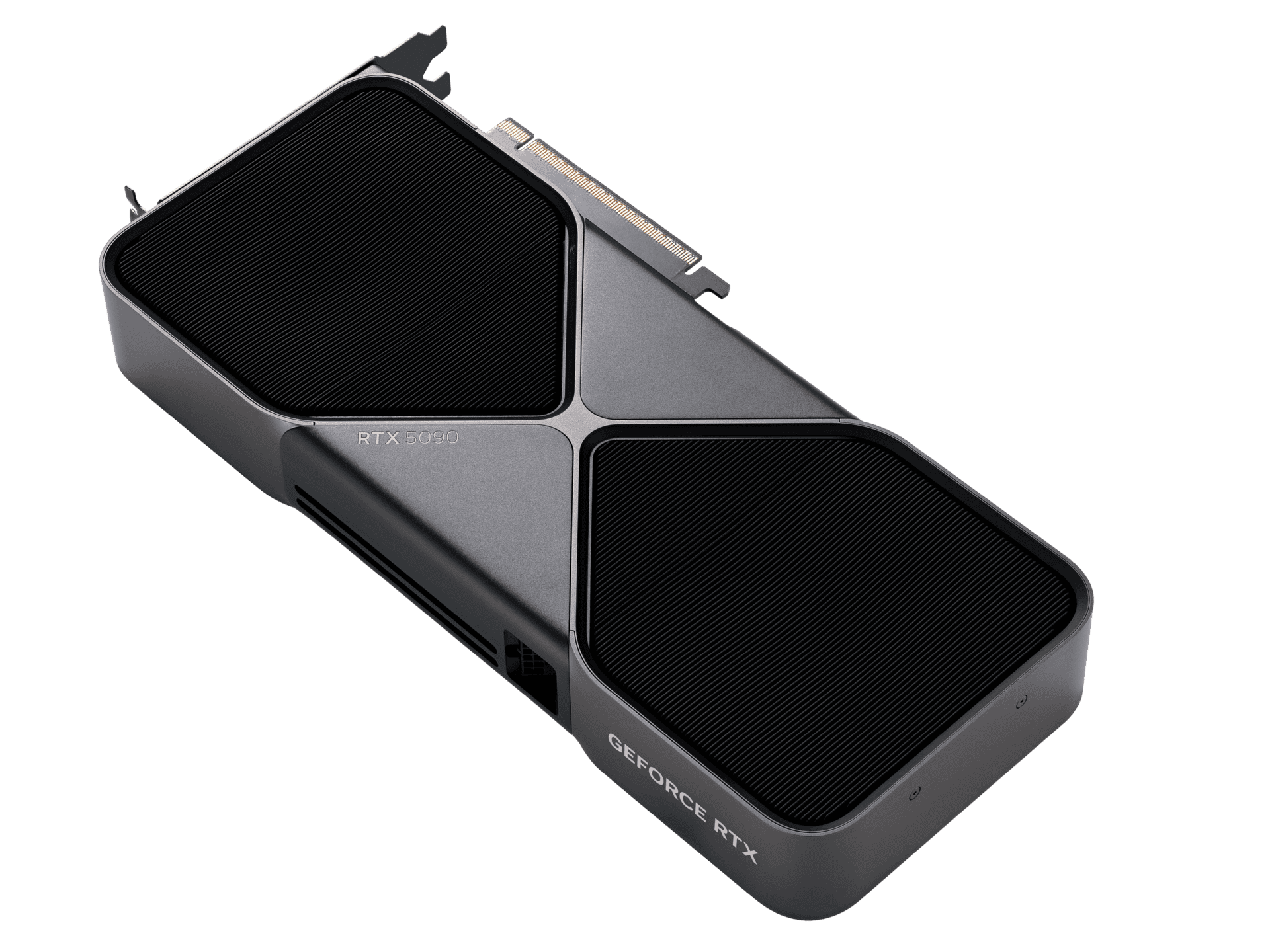
Understanding GDDR7 Memory
The RTX 5090’s use of GDDR7 memory is a key factor in its expected performance gains. GDDR7 is the latest generation of graphics memory, offering significantly higher bandwidth and efficiency compared to GDDR6X. This means the GPU can access data much faster, leading to improved performance in games and other demanding applications. GDDR7 also offers better power efficiency, which is important for managing the high power demands of high-end graphics cards. This new memory standard is a crucial element in achieving the performance targets of the RTX 5090 and future graphics cards. It is expected to become the new standard for high-end graphics cards in the coming years.
Key Takeaways
- The RTX 5090 offers 32GB GDDR7 memory and uses the new NVIDIA Blackwell architecture
- It features improved ray tracing and AI capabilities for enhanced gaming and creative work
- The GPU provides top-tier performance for demanding tasks and next-generation gaming
Nvidia RTX 5090 Overview
NVIDIA’s new graphics card, the RTX 5090, is set to launch on January 30, 2025, alongside the RTX 5080. Priced around $2000, it targets high-end gamers and professionals. Key features include the Blackwell architecture, 32GB of GDDR7 memory with a 1792 GB/s bandwidth, and a 575W TDP. The GDDR7 memory offers significant bandwidth improvements over GDDR6X, promising higher frame rates, smoother gameplay, and enhanced graphics for 4K gaming and content creation.
The Nvidia GeForce RTX 5090 represents the pinnacle of consumer graphics technology. This powerful GPU offers groundbreaking performance and innovative features for gamers and creators alike.
Architecture and Performance
The RTX 5090 is built on Nvidia’s Blackwell architecture, a significant leap forward from the previous generation. It boasts an impressive array of streaming multiprocessors, ray tracing cores, and fifth-gen Tensor cores. These components work together to deliver unparalleled gaming and AI performance.
The GPU’s raw power enables it to handle the most demanding games at 4K resolution with high frame rates. Ray tracing performance has seen a substantial boost, allowing for more realistic lighting and reflections in real-time.
DLSS 4 technology further enhances gaming experiences. This AI-powered upscaling technique produces sharper images while maintaining high frame rates.
Technological Advancements
Nvidia has packed the RTX 5090 with cutting-edge features. The GPU incorporates advanced neural rendering technologies, pushing the boundaries of graphics fidelity. These innovations enable more lifelike character animations and environments.
AI capabilities have been significantly upgraded. The improved Tensor cores provide a massive boost to AI workloads, benefiting both gaming and content creation tasks.
Nvidia Reflex 2 technology reduces system latency, giving competitive gamers a crucial edge. The RTX 5090 also supports the latest G-Sync displays, ensuring smooth, tear-free gaming experiences.
Power efficiency has improved thanks to new 80-amp MOSFETs. This allows for better performance within similar power envelopes as previous generations.
Design and Build Quality
The GeForce RTX 5090 showcases advanced engineering and premium materials. Its construction balances performance with aesthetics, featuring innovative cooling solutions and robust structural elements.
Thermal Management
The RTX 5090 employs cutting-edge cooling technology. A patented vapor chamber design efficiently dissipates heat across the GPU. This system works in tandem with a high-density heatsink, optimizing airflow and thermal performance.
Many custom models feature enhanced cooling solutions. The ROG Astral GeForce RTX 5090, for example, uses a 360mm radiator for liquid cooling. This setup significantly improves heat dissipation, allowing for higher sustained clock speeds.
Phase-change thermal pads further boost heat transfer. These pads melt at high temperatures, filling micro-gaps between components and the cooler. This process enhances overall thermal efficiency.
Structural Features
The RTX 5090’s build quality is top-notch. A reinforced PCB prevents bending, crucial for such a large and powerful card. Many models include a protective PCB coating, safeguarding against moisture and dust.
Dual BIOS options offer flexibility for different use cases. Users can switch between performance and quiet modes without software tweaks.
RGB lighting, compatible with systems like Aura Sync, adds a customizable aesthetic touch. This feature appeals to users who value both performance and visual appeal in their gaming rigs.
Premium models like the ROG Strix Platinum series incorporate additional structural reinforcements. These enhancements improve durability and reduce PCB flex under the card’s weight.
Gaming and Creativity
The GeForce RTX 5090 pushes boundaries in gaming performance and creative capabilities. This powerful GPU enables stunning visuals and AI-enhanced workflows.
Enhanced Gaming Experience
The RTX 5090 delivers unparalleled gaming performance. It supports full ray tracing for lifelike lighting and reflections. DLSS Multi Frame Generation boosts frame rates significantly.
G-Sync technology eliminates screen tearing for smooth gameplay. The low latency improves responsiveness in competitive titles.
Gamers can enjoy 4K and 8K resolutions at high frame rates. AAA titles run effortlessly with maximum settings enabled.
NVIDIA ACE (Avatar Cloud Engine) enhances NPC interactions. This AI technology creates more realistic and engaging game worlds.
Creative Workflows
Content creators benefit from the RTX 5090’s massive processing power. It accelerates 3D rendering, video editing, and AI-powered tasks.
Adobe Creative Cloud apps run faster with GPU acceleration. Complex edits and effects process in real-time.
MuseTree, an AI image generation app, harnesses the RTX 5090’s capabilities. Artists can quickly create and iterate on visual concepts.
3D artists enjoy faster viewport performance and quicker render times. The large 32GB GDDR7 memory handles complex scenes with ease.
AI-assisted tools speed up workflows. Tasks like upscaling, noise reduction, and color grading become more efficient.
Technical Specifications and Compatibility
The GeForce RTX 5090 boasts impressive core specifications and connectivity options. It represents a significant leap in GPU technology, offering enhanced performance and power efficiency.
Core Specifications
The RTX 5090 features 21,760 CUDA cores based on NVIDIA’s Blackwell architecture. It includes 5th generation Tensor Cores for AI operations and 4th generation Ray Tracing cores. The GPU’s base clock is set at 2.3 GHz, with a boost clock of 2.7 GHz.
Memory specifications include 32 GB of GDDR7 VRAM on a 512-bit bus. This configuration provides a memory bandwidth of 1.5 TB/s, enabling smooth performance in demanding applications and games at high resolutions.
The RTX 5090 supports DirectX 12 Ultimate, ensuring compatibility with the latest gaming technologies.
Connectivity and Power Requirements
The RTX 5090 uses the PCIe 5.0 interface for maximum data transfer speeds. Display outputs typically include HDMI 2.1 and DisplayPort 2.1 connectors, supporting high refresh rates and resolutions up to 8K.
Power requirements are substantial, with a TDP of 450W. The card requires a new 16-pin power connector, capable of delivering up to 600W. NVIDIA recommends a 1000W power supply for systems using the RTX 5090.
Cooling is crucial for this high-performance GPU. The Founders Edition features an advanced vapor chamber design with high-density heatsink fins and multiple fans. Custom models may offer even more elaborate cooling solutions.
Frequently Asked Questions
The RTX 5090 brings significant performance upgrades and new features. Users have many questions about this powerful graphics card’s capabilities, requirements, and improvements over previous models.
What are the performance benchmarks for gaming on the RTX 5090?
The RTX 5090 offers substantial performance gains over its predecessor. Early benchmarks show it can deliver up to 50% higher frame rates in 4K gaming compared to the RTX 4090. This card easily handles most AAA titles at 4K resolution with max settings and ray tracing enabled, often exceeding 100 FPS.
For esports titles, the RTX 5090 can push frame rates well beyond 300 FPS at 1440p resolution. This makes it ideal for competitive gamers using high refresh rate monitors.
How does the RTX 5090 compare to its predecessor in terms of power consumption?
The RTX 5090 is more power-efficient than the RTX 4090 despite its performance gains. It has a TDP of 450W, which is the same as its predecessor. However, the 5090 delivers better performance per watt.
Under typical gaming loads, the RTX 5090 consumes about 10-15% less power than the 4090 for similar performance levels. This improved efficiency is due to NVIDIA’s new Blackwell architecture and more advanced manufacturing process.
What are the recommended system requirements for running an RTX 5090?
To fully utilize an RTX 5090, a high-end system is recommended. Key requirements include:
- CPU: Intel Core i7 13700K or AMD Ryzen 7 7700X or better
- RAM: 32GB DDR5
- Power Supply: 850W or higher (1000W recommended)
- Motherboard: PCIe 4.0 x16 slot (PCIe 5.0 for full bandwidth)
- Case: Good airflow with at least 360mm radiator support
A fast NVMe SSD is also recommended to keep up with the card’s capabilities in loading game assets quickly.
Are there any significant heating issues with the RTX 5090 under heavy load?
The RTX 5090 runs cooler than expected given its performance. NVIDIA has improved the cooling solution, allowing the card to maintain lower temperatures under load compared to the 4090.
Typical gaming loads see temperatures around 65-70°C with the stock cooler. Under stress tests, temperatures may reach 75-80°C, which is well within safe limits.
Good case airflow is still important. In poorly ventilated cases, temperatures may rise higher, potentially causing thermal throttling.
Can the RTX 5090 support 8K resolution gaming?
Yes, the RTX 5090 can handle 8K gaming, but with some caveats. It has enough VRAM and processing power to render games at 8K resolution.
For less demanding titles or older games, 8K at 60 FPS is achievable with high settings. However, modern AAA games at 8K may require lowering some settings or using DLSS to maintain smooth framerates.
8K gaming is still niche due to limited display options and the extreme hardware demands. Most users will find 4K gaming a better balance of visual quality and performance.
What advancements does the RTX 5090 provide in ray tracing capabilities?
The RTX 5090 significantly improves ray tracing performance. It features more dedicated RT cores with higher efficiency compared to the 4090.
This allows for more complex and realistic lighting, reflections, and shadows in games. The 5090 can handle full path tracing in some titles while maintaining playable framerates, a feat not possible with previous generations.
NVIDIA’s new DLSS 4.0 technology also enhances ray tracing performance. It uses AI upscaling to reduce the rendering load, allowing for higher ray tracing quality without sacrificing framerate.

